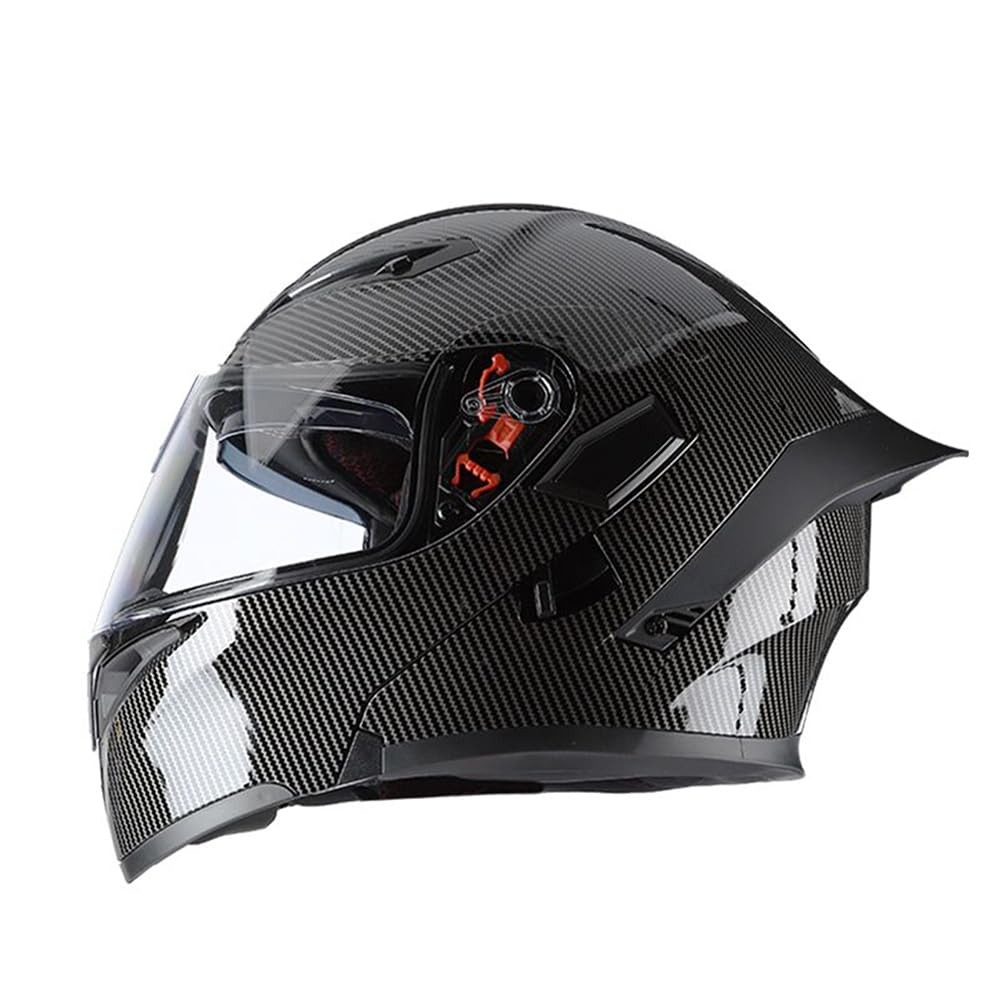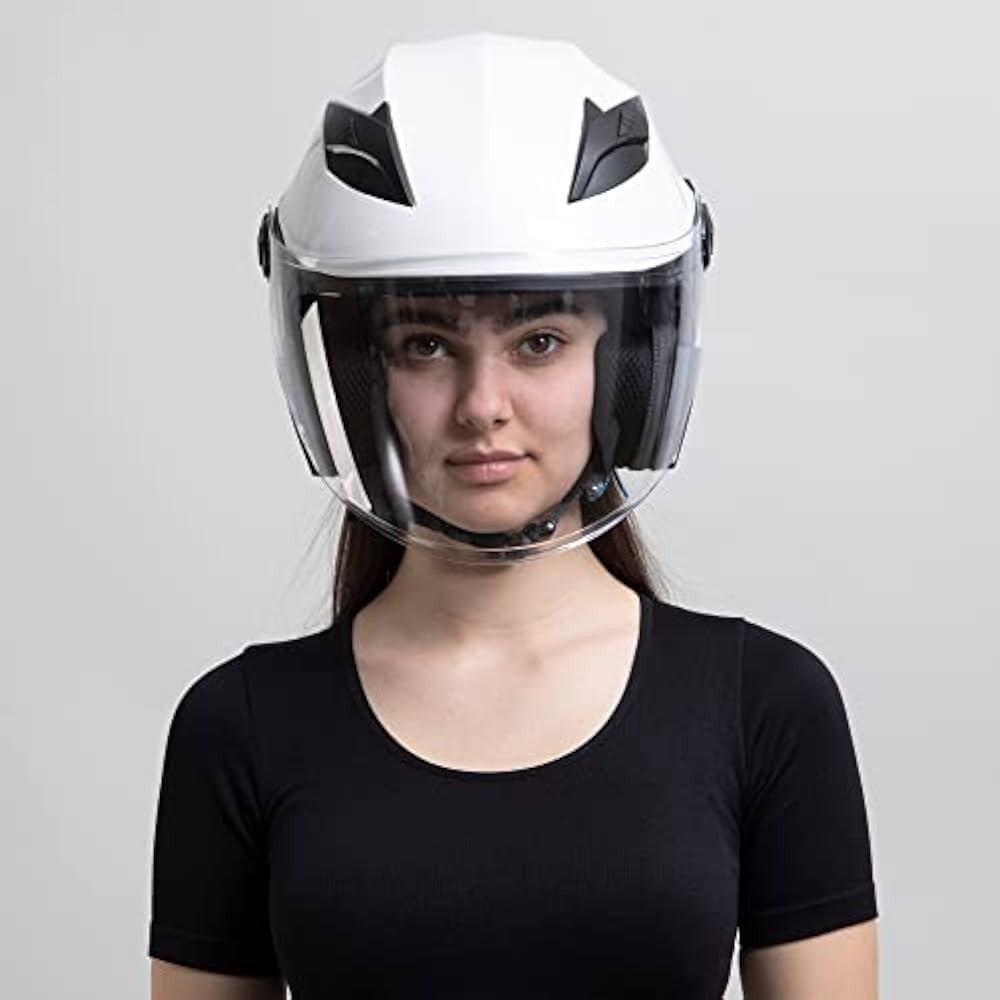Nov 29, 2024
How to Clean a Motorcycle Helmet: A Comprehensive Guide
When it comes to motorcycle riding, safety and comfort are paramount. A significant aspect of ensuring both these elements is maintaining your gear, especially your motorcycle helmet. Not only does a clean helmet contribute to your safety, but it also enhances your riding experience. In this guide, we’ll delve into how to clean a motorcycle helmet effectively and safely. By following these steps, you can keep your helmet in pristine condition, which extends its lifespan and ensures maximum protection.
Understanding the Importance of Cleaning Your Motorcycle Helmet
Cleaning your motorcycle helmet is not merely a routine chore; it plays a crucial role in your overall riding safety. Over time, dirt, grime, and even sweat can accumulate on your helmet. This buildup can impair visibility and comfort, potentially leading to dangerous riding conditions. Here are some key points to consider:
- Visibility: A dirty helmet visor can distort your vision, particularly during bright sunlight or inclement weather. Regular cleaning ensures that your visor remains clear and free of smudges.
- Hygiene: Your helmet can harbor bacteria and odors from sweat and skin oils. Neglecting to clean your helmet could lead to unpleasant smells and skin irritations.
- Longevity: Regular maintenance, including thorough cleaning, can significantly extend the lifespan of your helmet. This is especially important given the investment motorcyclists make in quality gear.
- Safety Standards: Many helmet manufacturers provide specific guidelines on caring for their products. Following these guidelines by cleaning your helmet as recommended ensures that you do not inadvertently compromise its safety features.
Essential Tools for Motorcycle Helmet Cleaning

Keeping your motorcycle helmet clean is crucial for safety and comfort. For an effective clean, you need the right tools. We’ll review the best products and equipment for the job.
Recommended Cleaning Products
When picking products, choose those that won’t damage your helmet. Recommended products include:
- Baby shampoo for its gentle formula.
- Motul M2 Helmet Interior Cleaner for a deep clean without harsh chemicals.
- Muc Off Visor, Lens and Goggle Cleaner, formulated to be safe on all visor materials.
Using the correct products ensures safety and maintains the helmet’s integrity.
Necessary Equipment for a Complete Clean
In addition to the right cleaning products, you will need:
- A microfiber cloth, to avoid scratches and ensure gentle cleaning.
- A toothbrush, for reaching into crevices and scrubbing off stubborn dirt.
- A container or sink for soaking and washing the helmet’s interior.
The right tools help you achieve a professional-level clean, extending the life of your helmet. Remember to use these products sparingly. Proper usage keeps the helmet in top condition longer.
Initial Preparation Steps
Proper preparation is key to effectively cleaning your motorcycle helmet. Here’s how to get started.
Pre-cleaning Exterior of the Helmet
Before deep cleaning, prepare the exterior of your helmet:
- Remove any attached technology like Bluetooth intercoms or cameras.
- If your helmet has a visor or peak, detach it if possible. This makes it easier to clean all areas.
Interior Cleaning Preparation
For the interior of the helmet:
- Take out all removable padding, including cheek pads and liners. This exposes the inside shell for cleaning.
- Check and clear the air vents to ensure no blockage that could affect drying after washing.
Methods for Cleaning the Helmet Exterior
For effective cleaning of the motorcycle helmet exterior, follow these steps.
Gentle Cleaning Techniques
Start by using a damp microfiber cloth. Soak it in warm water. Place it on the helmet for about 30 minutes. This helps loosen dirt and grime. After that, gently wipe the helmet with the cloth. Use circular motions to ensure thorough cleaning. For hard-to-reach areas, use a soft toothbrush.
Advanced Tips for Stubborn Grime Removal
For tough grime, apply a non-abrasive cleaner like baby shampoo on the microfiber cloth. Rub gently on affected areas. Avoid using harsh detergents as they can damage the helmet’s exterior. If grime persists, consider using a specialized helmet cleaner. However, ensure it is suitable for helmet materials. After cleaning, rinse the helmet with clean water. Dry it with another clean microfiber cloth. This prevents water spots and maintains the helmet’s shine.
Interior Cleaning Process
Caring for the inside of your motorcycle helmet is as important as the outside. Regular interior cleaning is a must for hygiene and comfort. Let’s discuss techniques for both non-removable and removable linings.
Techniques for Non-Removable Linings
If your helmet lining can’t be removed, you’ll need a gentle yet effective approach. Firstly, take out any detachable parts like cheek pads. Use a damp cloth with a mild, diluted baby shampoo solution to wipe the lining. Take care not to soak the helmet. Gently brush with a soft toothbrush to loosen soil. Rinse carefully by using a damp cloth with clean water. Air dry the helmet, making sure it’s fully dry before using again. Never apply direct heat as it may damage the helmet.
Thorough Cleaning for Removable Linings
Removable pads and linings are easier to clean. Remove all parts, and if they’re machine washable, use a delicate cycle with gentle detergent. Hand washing is also a good option. Submerge the pads in a warm water and mild baby shampoo mix. Gently scrub with a toothbrush, rinse thoroughly, and air dry on a towel. Remember to avoid the dryer to prevent shrinking or warping. Clean linings mean less odor and more comfort when riding.
Special Care for Visors and Shields

Caring for helmet visors and shields requires special attention to prevent damage.
Important Considerations for Visor Cleaning
When cleaning your motorcycle helmet visor, choose the right cleaner. Use products such as the Muc Off Visor, Lens and Goggle Cleaner, which are safe for these materials. Start by gently wiping the visor with a microfiber cloth. Then, spray the cleaner and wipe in straight lines. This method reduces the risk of scratches.
How to Handle Pinlock and Sun Shields
For Pinlock and sun shields, follow manufacturer instructions closely. Use a soft cloth to clean these shields. Avoid harsh chemicals and scrubbing tools that could scratch or damage them. Check for any special care tips in the owner’s manual.
Helmet Reassembly Guide
Once your helmet’s components are freshly cleaned and thoroughly dry, it’s time to put everything back in place. The reassembly must be done with care to maintain the helmet’s fit and protective abilities.
Inserting Dried Padding Properly
Start by placing the dried padding back into the helmet. Ensure that cheek pads and liners fit snugly without any twists or folds. Double-check each piece’s placement, as improper positioning can lead to discomfort or even impact safety during a ride.
Attaching Visor and Accessories
Next, reattach the visor. Make sure it clicks firmly into position. Be gentle to avoid leaving fingerprints or causing scratches. If you have helmet-mounted accessories, such as a Bluetooth intercom, now is the time to re-install them. Follow your helmet manufacturer’s instructions to avoid damaging the helmet or the accessory. With everything in place, your helmet should look and feel just like new.
Cleaning your motorcycle helmet is essential for hygiene and safety. By following these steps, you ensure not only comfort but durability for your rides to come. Remember, how to clean a motorcycle helmet starts with care and ends with meticulous reassembly, guaranteeing your helmet always meets the road ready for action.
Long-Term Helmet Maintenance Tips

Adopting a routine for how to clean a motorcycle helmet yields multiple benefits that enhance both safety and comfort. Caring for your motorcycle helmet extends far beyond just cleaning it.
Proper Storage Solutions
Store your helmet in a cool, dry place to avoid heat and moisture damage.
Use a padded helmet bag for added protection during storage.
Avoid placing heavy items on or near the helmet, which can deform its shape.
Ensure you keep the helmet away from solvents and harsh chemicals that could degrade materials.
Regular Maintenance Schedule
Inspect your helmet regularly for signs of wear and tear.
Check the fit and comfort of the helmet every few months to ensure maximum protection.
Replace your helmet every five years, or sooner if it’s been in an impact.
Clean your visors and vents regularly to prevent build-up that can impair vision or ventilation.
With these long-term care tips, your helmet will provide optimal performance and safety.
In conclusion, knowing how to clean a motorcycle helmet involves understanding the importance of cleanliness, gathering the right tools, following a step-by-step process, and avoiding common mistakes. By dedicating time to regular maintenance, you’ll not only extend the life of your helmet but also enhance your riding experience in every way. Cheers to safe riding!